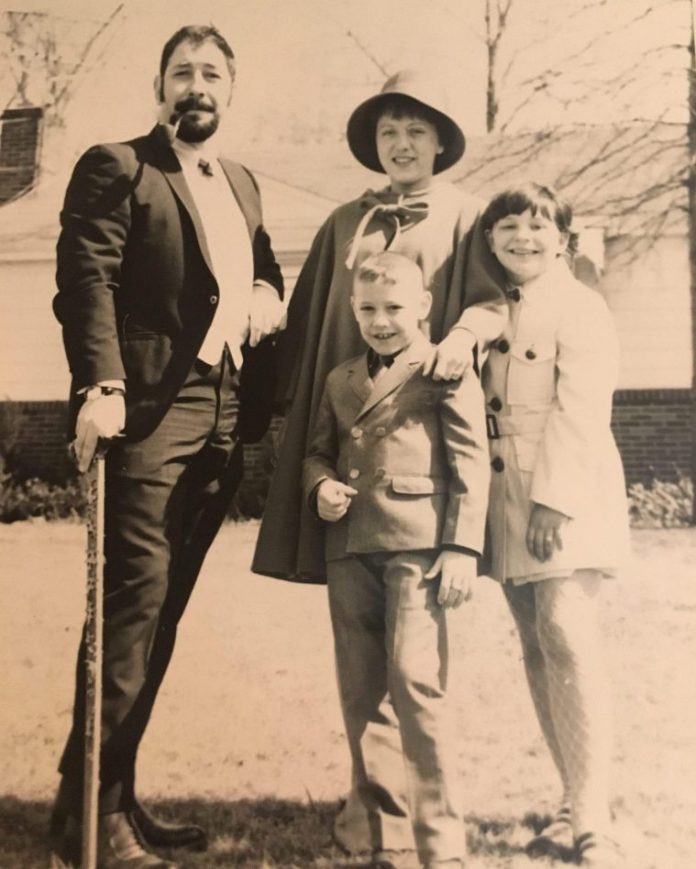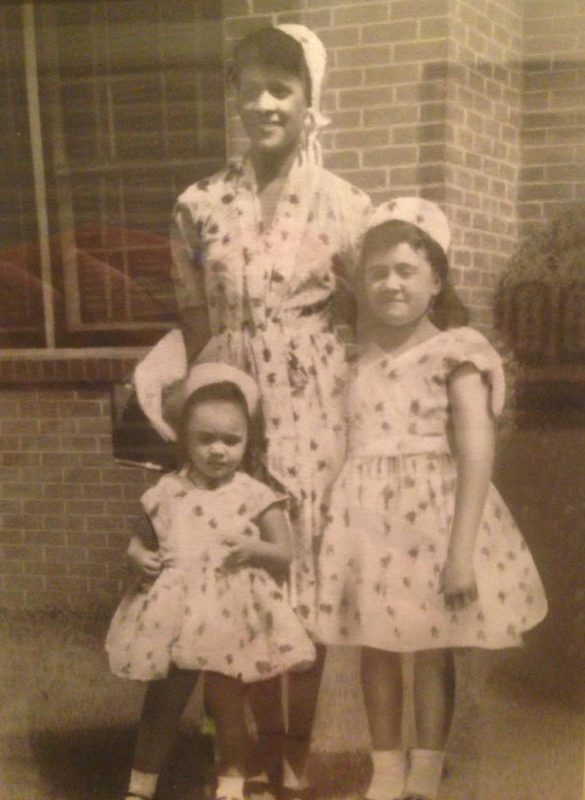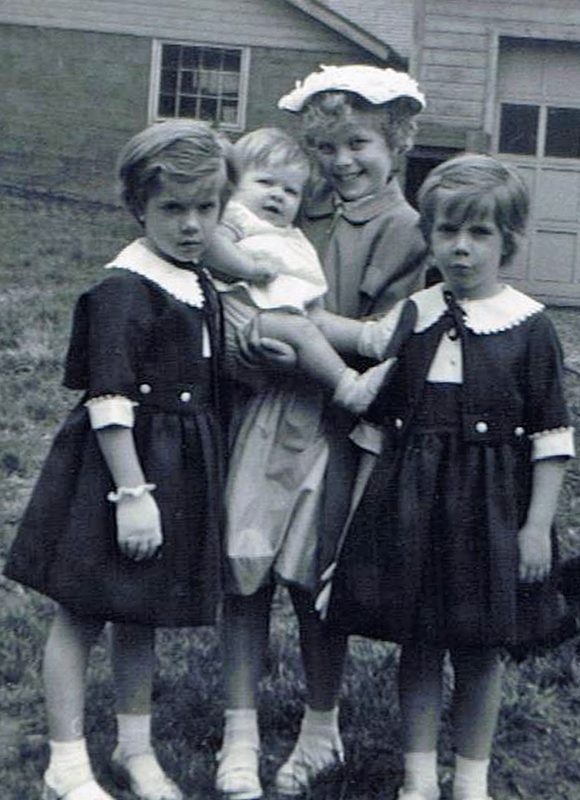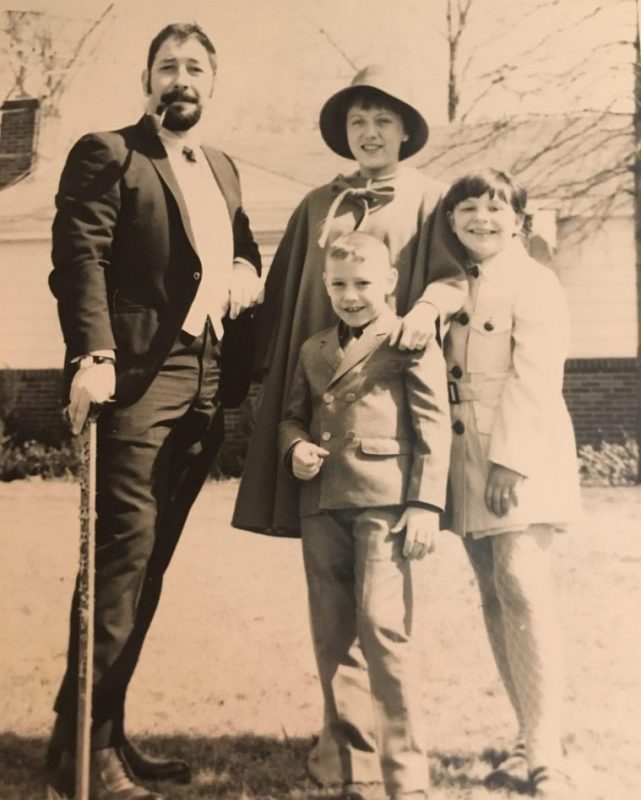
When Hudson, Ohio-based retailer Joann filed for Chapter 11 bankruptcy protection earlier this month, many on social media seemed saddened, but not surprised, by the news.
On March 18, the Associated Press reported: “Fabric and crafts retailer Joann has filed for Chapter 11 bankruptcy protection, as consumers continue to cut back on discretionary spending and some pandemic-era hobbies.”
Seeing “crafts,” “hobbies” and “discretionary spending” linked to a fabrics store seemed surprising. But even Joann acknowledged changing lifestyles and consumer habits when the company eliminated “Fabrics” from its name a decade or so ago.
In a different time, retailers like Joann, Kmart and Minnesota Fabrics served a function beyond hobbies and crafts. They supplied bolts of fabric for making dresses, children’s play clothes and kitchen curtains. Stores even sold sewing patterns for replicating whatever was currently in style.
For budget-minded homemakers, fabrics stores were a source of ideas and savings. American high schools taught sewing because it was considered an important life skill. In a 1990s interview with this publication, fashion designer Nanette Lepore recalled the pivotal moment when her parents bought her first sewing machine.
In the last century, many American families wore their best new clothing on Easter Sunday. Especially for young girls, it was a time for matching outfits and semi-formal clothing.
“My mom was a great seamstress, in addition to being a great mathematician. She always made us matching outfits,” recalled Dr. Virginia “Dee” Banks of Youngstown. In a circa 1957 photo taken before Easter services in Raleigh, N.C., Banks is seen with her mother, Dr. Virginia Newell, and sister, Dr. Glenda Newell-Harris, wearing identical dresses.

In another image from 1959, the Minenok sisters pose for an Easter photo near St. Patrick’s Catholic Church in Youngstown. Two of the four sisters – twins – are wearing matching dresses and white gloves.

Nearly a decade later, Youngstown radio personality Boots Bell and his family are seen stylishly dressed for Easter services. In the photo are Boots Bell, wife Carol W. Bell, and children, Christopher, 9, and Leslie, 10.
“I’d say that’s about 1970-71,” said Leslie Bell Redman. “We went to church pretty regularly then, Boardman United Methodist Church on Market. My parents were even Sunday school teachers for a bit. During our time going there, they built a new sanctuary, and Boots made himself a cane out of a piece of wood from the construction.”
In response to my comment that they looked very British, Leslie responded: “I don’t know about British, but they did love to dress up.”

Wearing your finest clothing on Easter Sunday likely had its roots in the Easter parade, an informal public event where the townspeople showed up and showed off their new spring outfits.
Irving Berlin memorialized the spectacle in a song of the same name and Hollywood jumped on the bandwagon in 1948 with the musical “Easter Parade.” In the film’s official trailer, Judy Garland and Fred Astaire are seen flamboyantly strolling on Fifth Avenue in a sea of feathered hats and starched collars. The scene and title song both have strong Instagram energy.
Although nearly nonexistent today, the Easter parade lingers in the collective memories of many older Americans.
Editor’s note: This article was originally published in 2024 when JoAnn filed for Chapter 11 bankruptcy protection.
Metro Monthly is a local news and events magazine based in Youngstown, Ohio. We circulate throughout the Mahoning Valley and offer print and online editions. Be sure to visit our publication’s website for news, features, local history, and the Metro Monthly Calendar. Office: 330-259-0435.
© 2024 Metro Monthly. All rights reserved.




